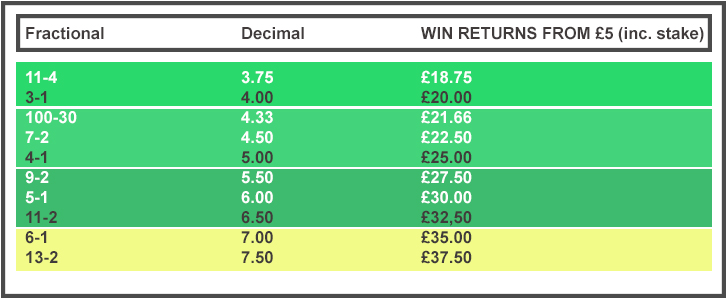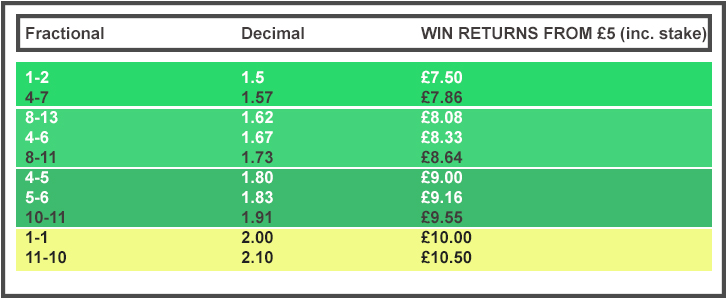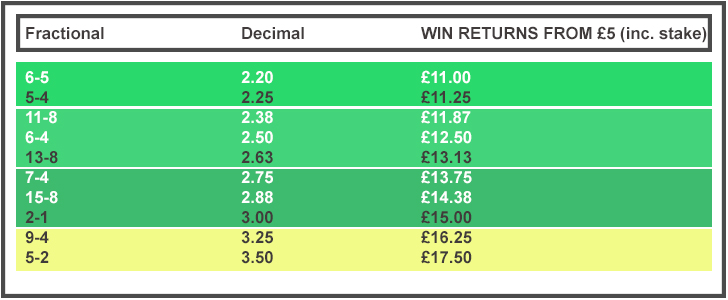As someone who is a fan of horse racing, you need to study form of each horse and race and get to understand the effect that things such as the weather and the current going of the race course are going to have on each horse’s chance of winning.
But it is true to say that there are some other much quicker ways that you will be able to pick out the potential winner, and one of the easiest betting strategies for horse racing that anyone can adopt is to simply put in a progressive type of wagering system when betting on the favourites.
The chances of the favourite winning any horse race can of course be determined by the odds being offered by betting sites and bookmakers, however over the years the type of race you are thinking of betting on will have produced some interesting stats.
As such if you are intending on betting on a flat race, then the number of favourites on average that win such races is 32.3%, but by placing a similar unit stake on all those favourites you would have ended up, over the years, losing just.6% of your money considering their winning odds.
But by using a progressive system, whereby you increase your stake when betting on the favourite on each flat race if the last one has lost and ensuring that if any horse wins you get your previous losses back and make a profit you will indeed end up making a profit over the long term.
But having said that the stake money you will have to place to ensure you do get all previous losses back and lock in a profit when a favourite does finally win could be huge, so you will need to keep that in mind if you do wish to follow this betting system.
Looking at horse races that are running over the hurdles, you will find some slightly better stats regarding the number of favourites that have won their respective races.
The average number of horses that do win hurdle races is 35.5%, so a slightly higher number of favourites win those races than they do when running over a flat course. Chase racing does also have some similar stats concerning favourites winning races, and on average the number of favourites that win such races is 34.7%.
So, if you do not fancy spending hours researching the form on which horse will have the very best chance of winning any type of horse race, then it may just pay dividends for you to bet on the favourites in each race you do watch.
But remember what I have said, if you do try out and use any type of progressive betting system you are going to have to have a large amount of cash available in your betting budget, for whilst it is possible that favourite after favourite could win several consecutive races, there will be times when they do not do so and that is when you will then need to increase your stakes, which could prove to be expensive!
Like this post? Read also about “Gambling Responsible“.
Betting Odds Explained
Betting odds can appear daunting at first glance but they are actually quite straightforward to calculate. We’ve devised a beginners guide to explain betting odds.
How Do Odds Work?
When looking at the odds (price) of a horse, the two formats used are decimals and fractions. Betting exchanges operate in decimals, whereas fixed-odds betting firms generally operate in fractions.
When determining the returns of a fractional bet, the second number always suggests the stake and the first number denotes what the profit will be if the bet wins. Take 4/1 as an example. If you stake £1 on a horse, then you stand to win £4 if the selection wins the race, which excludes your initial stake. In contrast, the decimal format factors in the initial stake. Betting odds of 4/1 would equate to 5.0 in decimal terms, 5/1 would be 6.0, and so forth.
See the chart below for a breakdown of betting odds in both fractional and decimal format, showing forecasted returns to £5 level stakes for the key prices in a market
Knowing Your Odds



 Written by Mike Granson
Written by Mike Granson
